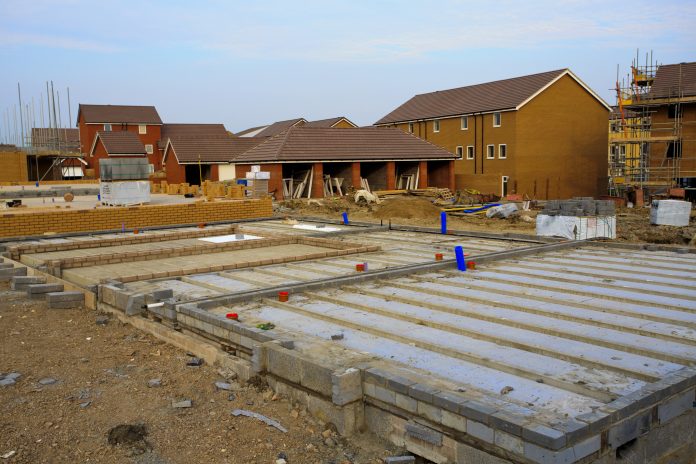Following publication of the Social Housing and Planning White Papers, Mark Alcock, principal risk manager at, Equib, offers Registered Providers his expert advise as they plan for a post-pandemic future
At a time of significant change in the social housing sector, following publication of the Social Housing and Planning White Papers, the Government is urging Registered Providers to pay close attention to managing and mitigating an increasingly complex set of risks. But how should they approach this?
In an uncertain operating environment, with incoming changes affecting stock quality and efficiency requirements, Registered Providers are being stretched in a number of different directions, and good governance and risk management have arguably never been more important. As well as the Social Housing White Paper promising to bring changes affecting standards of service and the quality of properties provided to tenants, the Government’s net-zero by 2050 target is also placing greater emphasis on sustainable development and energy efficiency.
Risk report
To support Registered Providers in taking a measured approach to managing risk, the Government published a sector risk profile report towards the end of last year. The report emphasises the need to ensure that risk understanding and management is integral to Boards’ business planning frameworks.
While any change brings an element of risk, it can also bring opportunities, however, and Registered Providers could be taking this approach as they plan the way forward. For example, reviewing the energy efficiency of existing stock could unlock opportunities to increase use of renewable energy or invest in micro-generation. The cost impact of such decisions should be considered over the lifetime of the building and robust calculations used to demonstrate value for money.
There are also complex strategic risks that could erode value for stakeholders if they are not understood and mitigated properly. At a time when many Registered Providers are taking on more debt, there is an urgent need to optimise revenue streams and some have chosen to invest in cross-subsidy schemes, which involves building private homes for sale. To remain viable, it is vital that funds generated in this way are ploughed back into core services and activities, and used to offset ongoing maintenance and other whole-life costs. It is also important that providers remain focused on service delivery for existing and future tenants.
Risk management
From a risk management perspective, Registered Providers need to ensure that all operational, strategic and financial risks are assessed and mitigated. They should also have detailed contingency plans in place to manage risks that might arise as a result of shocks affecting their business model. While they couldn’t have foreseen the COVID-19 pandemic, for example, many have demonstrated that they were able to move quickly to modify their operations by adopting safe social distancing practices, for example.
During the current economic downturn, a growing area of risk for the social housing sector relates to counterparties. With many businesses facing financial pressures due to the pandemic, there is a greater risk of operational disruption, potentially leading to costly time and budget overruns on development programmes, or growing backlogs for maintenance, for example. With build quality standards shifting, there could also be greater risk of compliance issues in the future.
The diverse nature of their operational activities, combined with the multi-layered regulatory environment, means Registered Providers must pay extra attention to risk management. First and foremost, they should seek specialist support in conducting an organisation-wide risk assessment to identify risks and ensure they are understood by the relevant stakeholders. A risk register should be developed to take account of each risk and prioritise it according to its probability and impact. This approach can also help to demonstrate that thought is being given to delivering value for money.
It is important that the structure of the organisation is considered at the start of any risk assessment. For example, does the organisation have the right people in the right roles, with the right level of accountability? To illustrate, with gas boilers banned from 2025, do Registered Providers have access to people capable of installing and maintaining heat pumps? This is an area of risk that must be identified and mitigated. The organisation might think it has robust systems and processes in place, but if the organisational structure lacks definition, or if risks aren’t fully understood, the risk exposure could increase significantly.
By prioritising risk management and reviewing governance, Registered Providers can ensure they stay one step ahead of regulatory changes, while maintaining quality, enhancing services and protecting their business model against future unexpected shocks.




![Europe’s housing crisis: A fundamental social right under pressure Run-down appartment building in southeast Europe set before a moody evening sky. High dynamic range photo. Please see my related collections... [url=search/lightbox/7431206][img]http://i161.photobucket.com/albums/t218/dave9296/Lightbox_Vetta.jpg[/img][/url]](https://www.openaccessgovernment.org/wp-content/uploads/2025/04/iStock-108309610-218x150.jpg)






